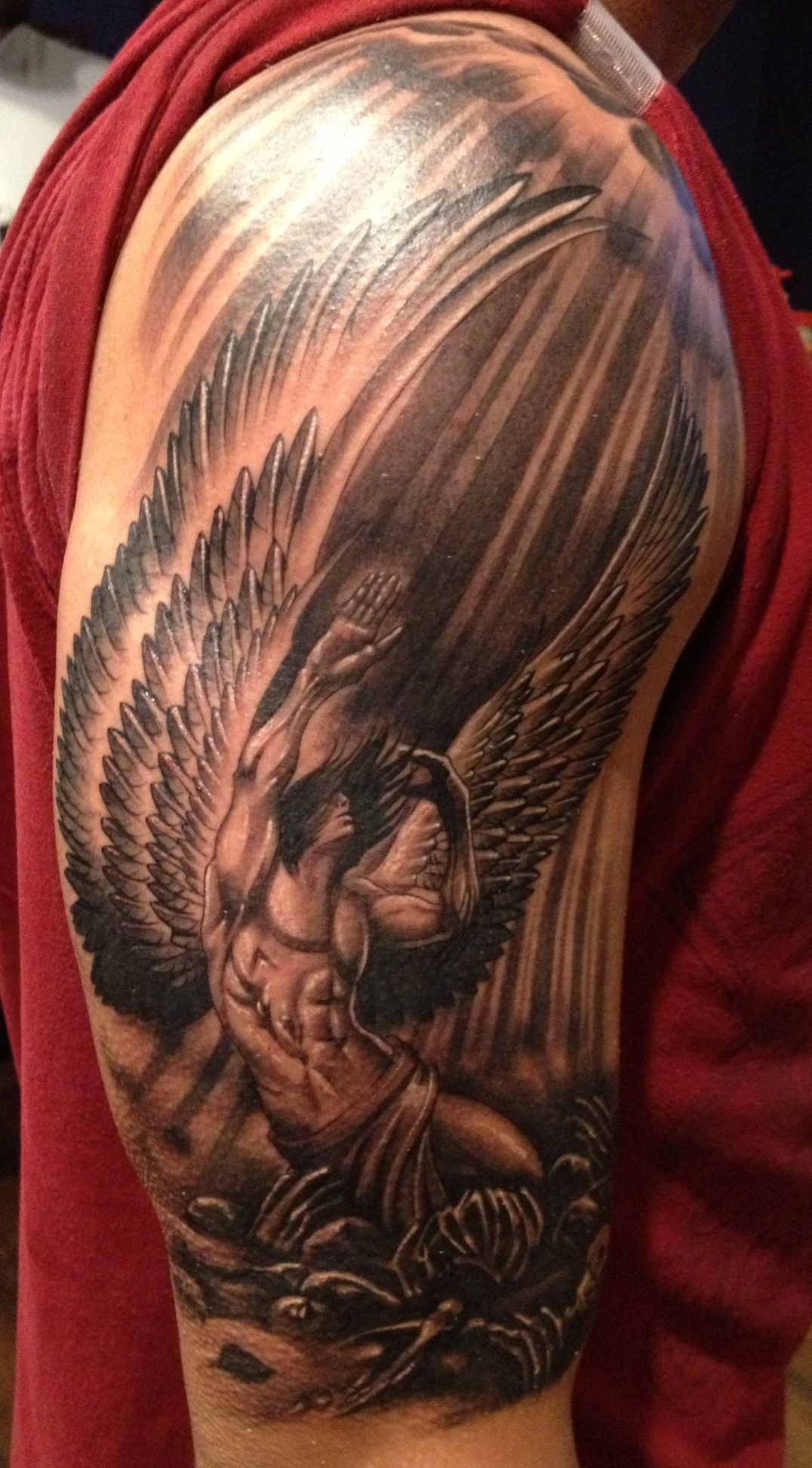Thrust Vectoring Explained

Introduction to Thrust Vectoring

Thrust vectoring is a technology used in aircraft and rockets to control the direction of the thrust produced by an engine. This is achieved by changing the angle of the engine’s nozzle, allowing the vehicle to maneuver more efficiently and improve its overall performance. Thrust vectoring has been used in various applications, including military aircraft, launch vehicles, and spacecraft. In this article, we will explore the concept of thrust vectoring, its benefits, and its applications.
How Thrust Vectoring Works

Thrust vectoring works by using a system of actuators and nozzles to change the direction of the engine’s thrust. The nozzle is typically mounted on a gimbal, which allows it to move in different directions. The actuators are used to control the movement of the nozzle, allowing the engine’s thrust to be directed in different directions. This can be used to improve the vehicle’s maneuverability, stability, and control. Thrust vectoring can be used in combination with other control systems, such as ailerons and elevators, to provide greater control over the vehicle.
Benefits of Thrust Vectoring

Thrust vectoring has several benefits, including: * Improved maneuverability: Thrust vectoring allows a vehicle to change direction more quickly and efficiently, making it more effective in combat or other high-performance applications. * Increased stability: Thrust vectoring can be used to improve the stability of a vehicle, making it easier to control and reducing the risk of accidents. * Enhanced control: Thrust vectoring provides an additional means of control, allowing a vehicle to be controlled more precisely and accurately. * Reduced drag: By directing the engine’s thrust in different directions, thrust vectoring can be used to reduce the drag on a vehicle, improving its overall performance and efficiency.
Applications of Thrust Vectoring

Thrust vectoring has been used in a variety of applications, including: * Military aircraft: Thrust vectoring is used in some military aircraft, such as the F-22 Raptor and the Su-35, to improve their maneuverability and combat effectiveness. * Launch vehicles: Thrust vectoring is used in some launch vehicles, such as the Space Shuttle main engine, to improve their stability and control during launch. * Spacecraft: Thrust vectoring is used in some spacecraft, such as the Apollo lunar module, to improve their maneuverability and control during landing and takeoff.
🚀 Note: Thrust vectoring is a complex technology that requires sophisticated control systems and precise engineering to implement effectively.
Types of Thrust Vectoring

There are several types of thrust vectoring, including: * Pitch vectoring: This type of thrust vectoring involves changing the angle of the engine’s nozzle to control the pitch of the vehicle. * Yaw vectoring: This type of thrust vectoring involves changing the angle of the engine’s nozzle to control the yaw of the vehicle. * Roll vectoring: This type of thrust vectoring involves changing the angle of the engine’s nozzle to control the roll of the vehicle. * 3D vectoring: This type of thrust vectoring involves changing the angle of the engine’s nozzle in all three dimensions (pitch, yaw, and roll) to provide complete control over the vehicle.
| Type of Thrust Vectoring | Description |
|---|---|
| Pitch Vectoring | Changes the angle of the engine's nozzle to control the pitch of the vehicle |
| Yaw Vectoring | Changes the angle of the engine's nozzle to control the yaw of the vehicle |
| Roll Vectoring | Changes the angle of the engine's nozzle to control the roll of the vehicle |
| 3D Vectoring | Changes the angle of the engine's nozzle in all three dimensions (pitch, yaw, and roll) to provide complete control over the vehicle |

Challenges and Limitations of Thrust Vectoring

While thrust vectoring offers several benefits, it also presents several challenges and limitations, including: * Complexity: Thrust vectoring systems are complex and require sophisticated control systems and precise engineering to implement effectively. * Weight: Thrust vectoring systems can be heavy and may add significant weight to a vehicle, which can affect its performance and efficiency. * Cost: Thrust vectoring systems can be expensive to develop and implement, which may limit their use in some applications.
In summary, thrust vectoring is a powerful technology that offers several benefits, including improved maneuverability, increased stability, and enhanced control. However, it also presents several challenges and limitations, including complexity, weight, and cost. As technology continues to evolve, we can expect to see more advanced and efficient thrust vectoring systems developed for use in a variety of applications.
What is thrust vectoring?

+
Thrust vectoring is a technology used in aircraft and rockets to control the direction of the thrust produced by an engine.
What are the benefits of thrust vectoring?

+
The benefits of thrust vectoring include improved maneuverability, increased stability, and enhanced control.
What are the challenges and limitations of thrust vectoring?

+
The challenges and limitations of thrust vectoring include complexity, weight, and cost.
What are the applications of thrust vectoring?

+
Thrust vectoring has been used in a variety of applications, including military aircraft, launch vehicles, and spacecraft.
How does thrust vectoring work?

+
Thrust vectoring works by using a system of actuators and nozzles to change the direction of the engine’s thrust.



